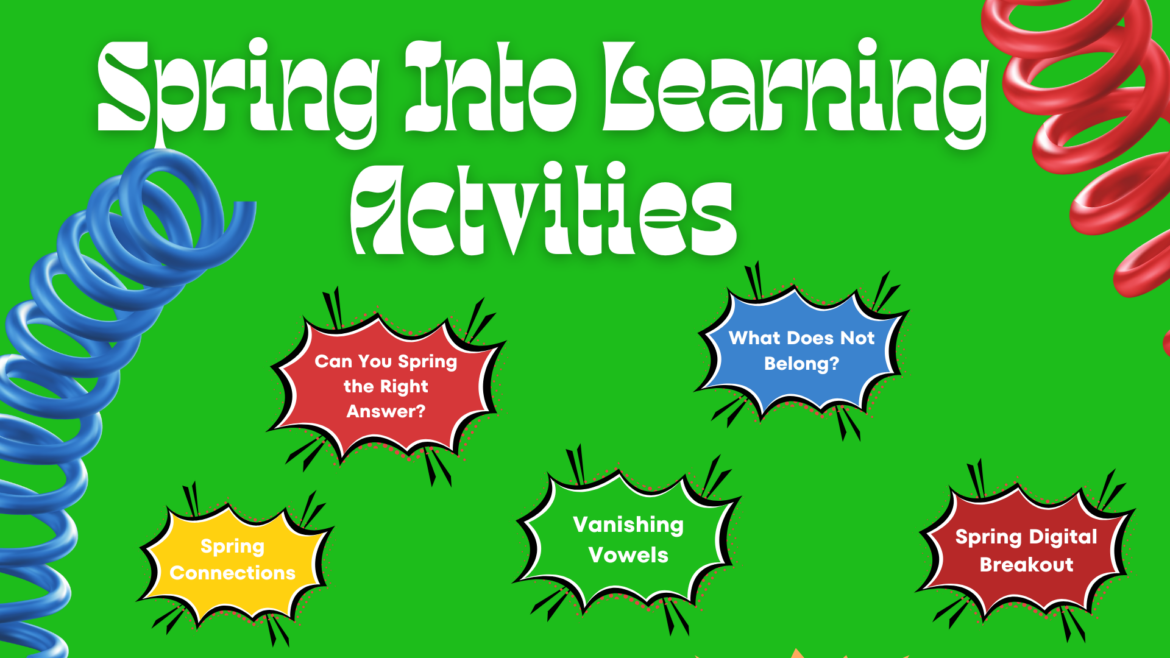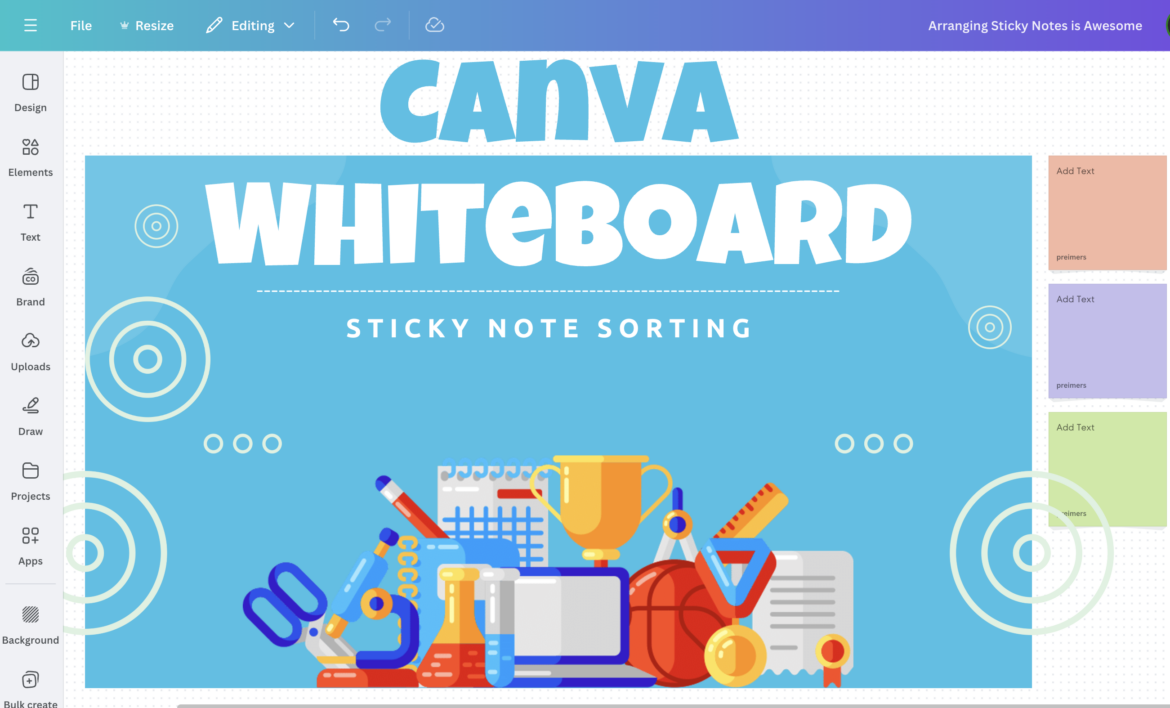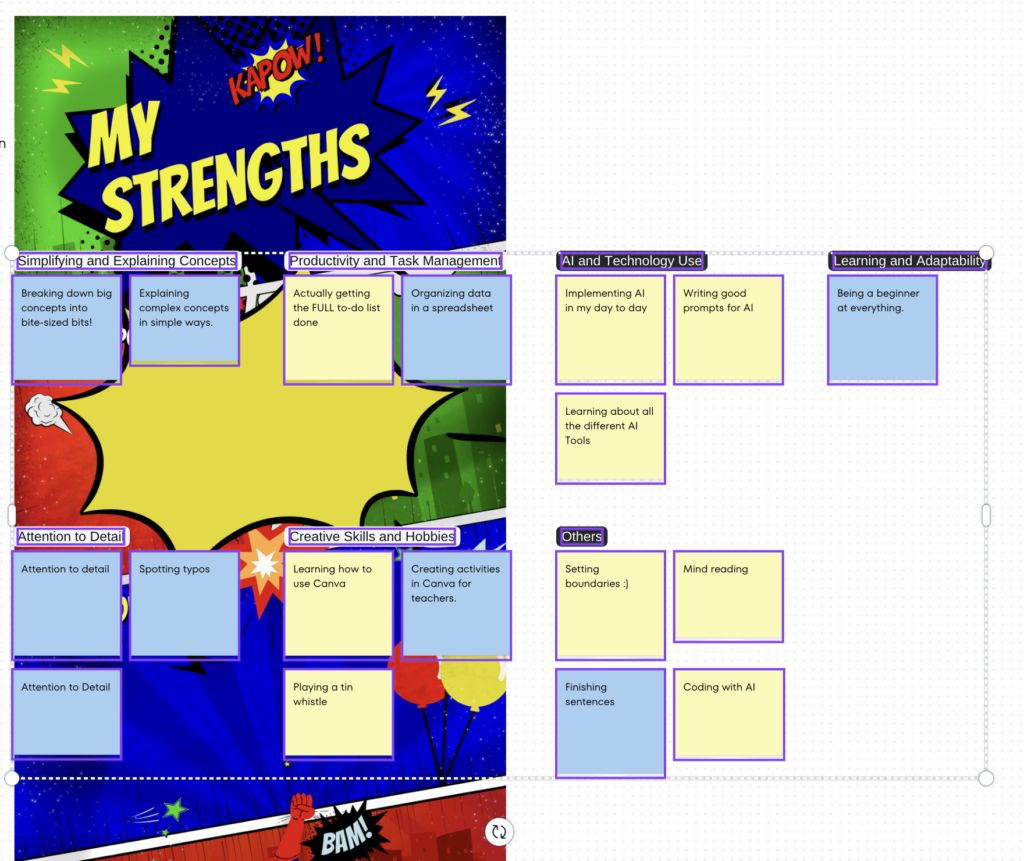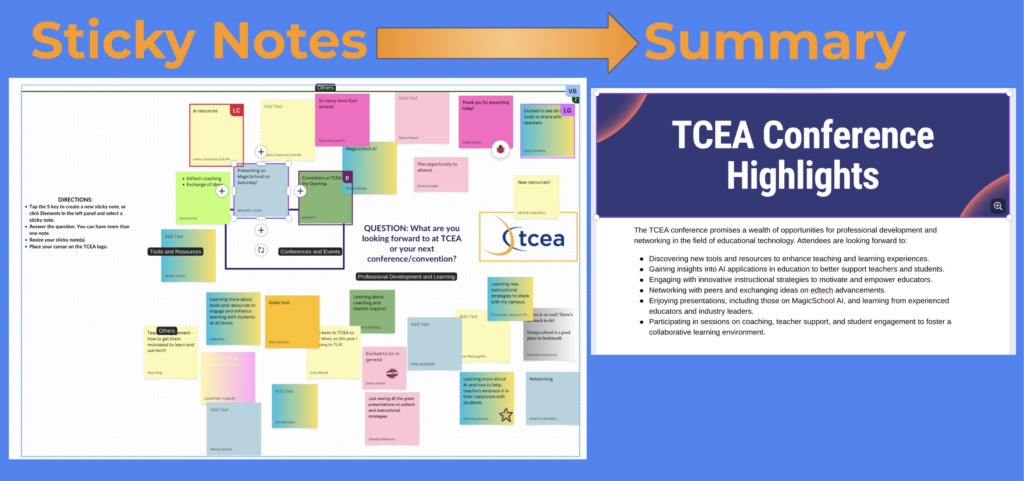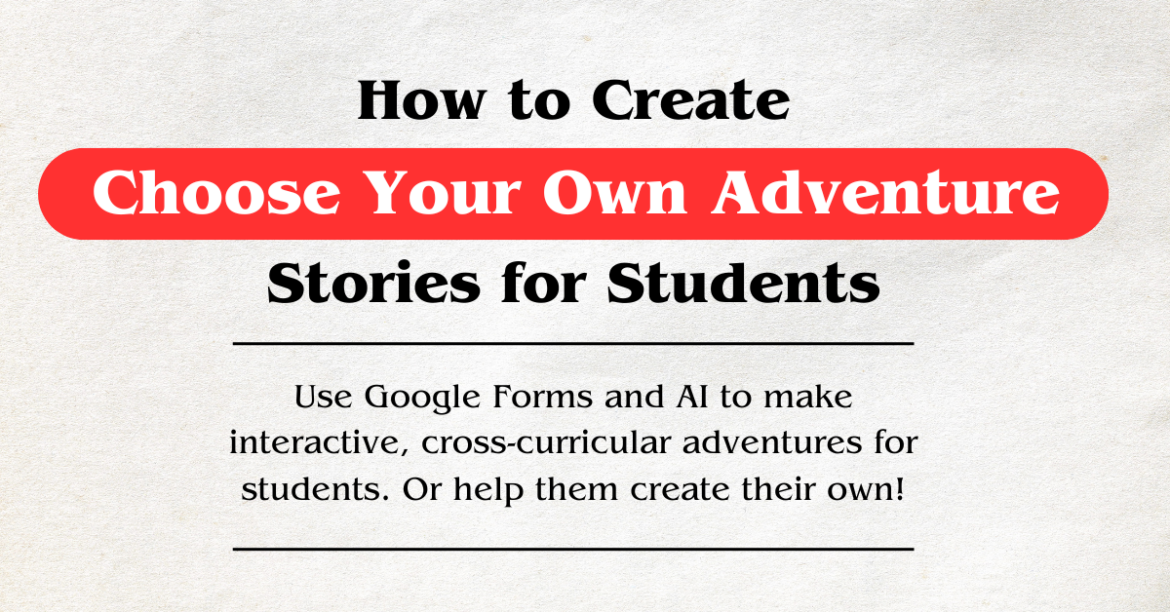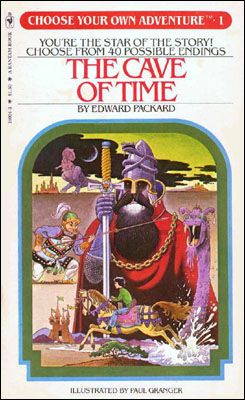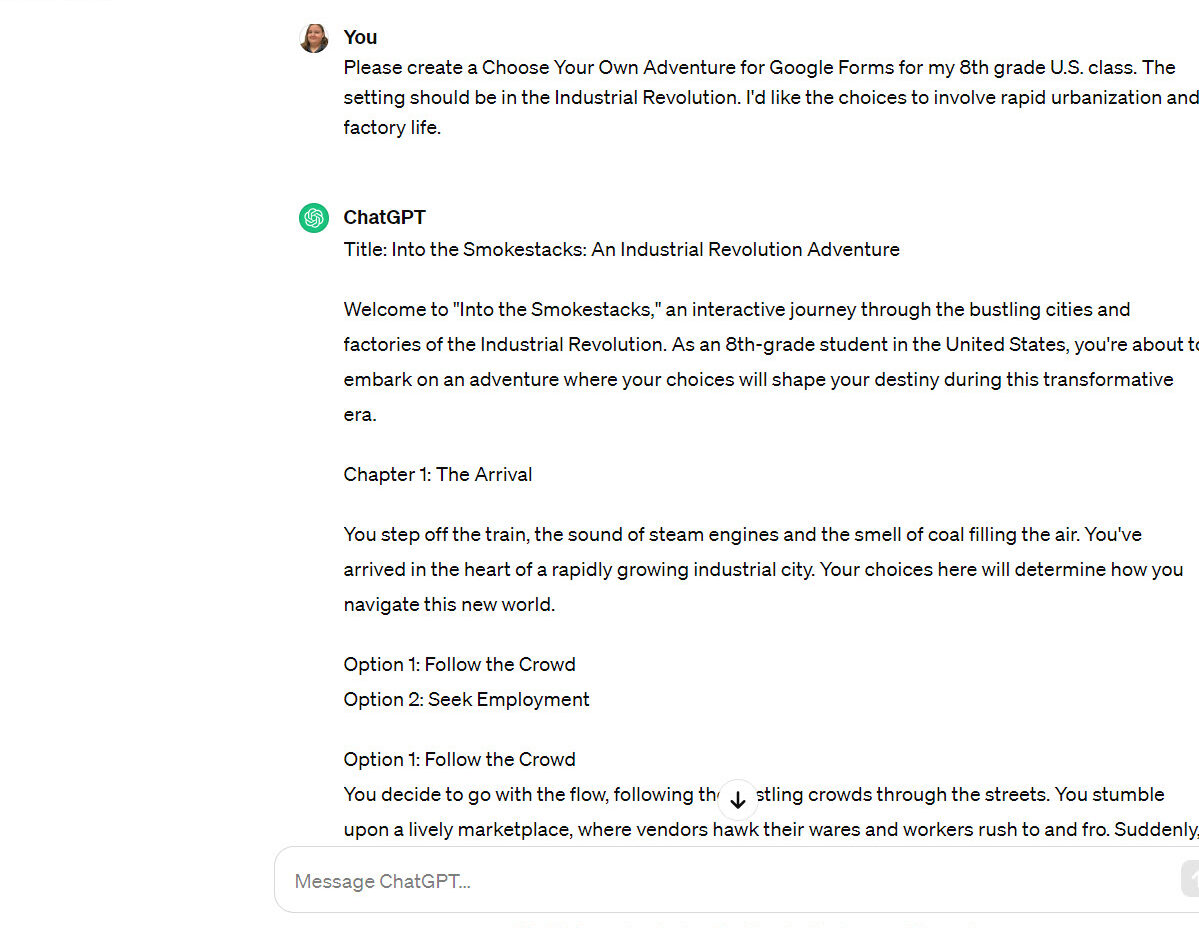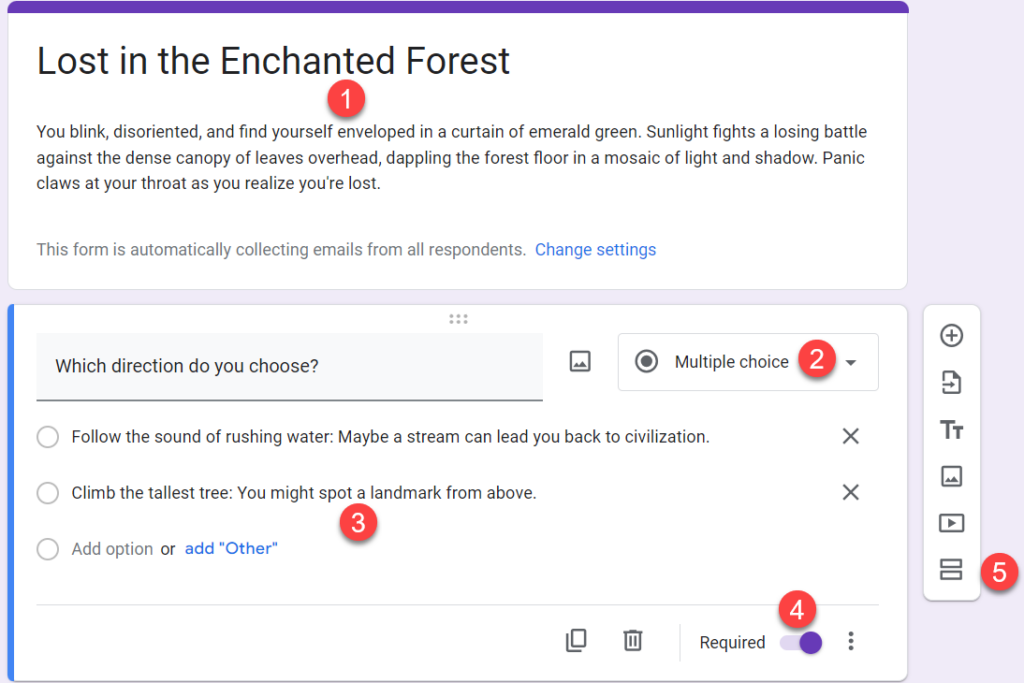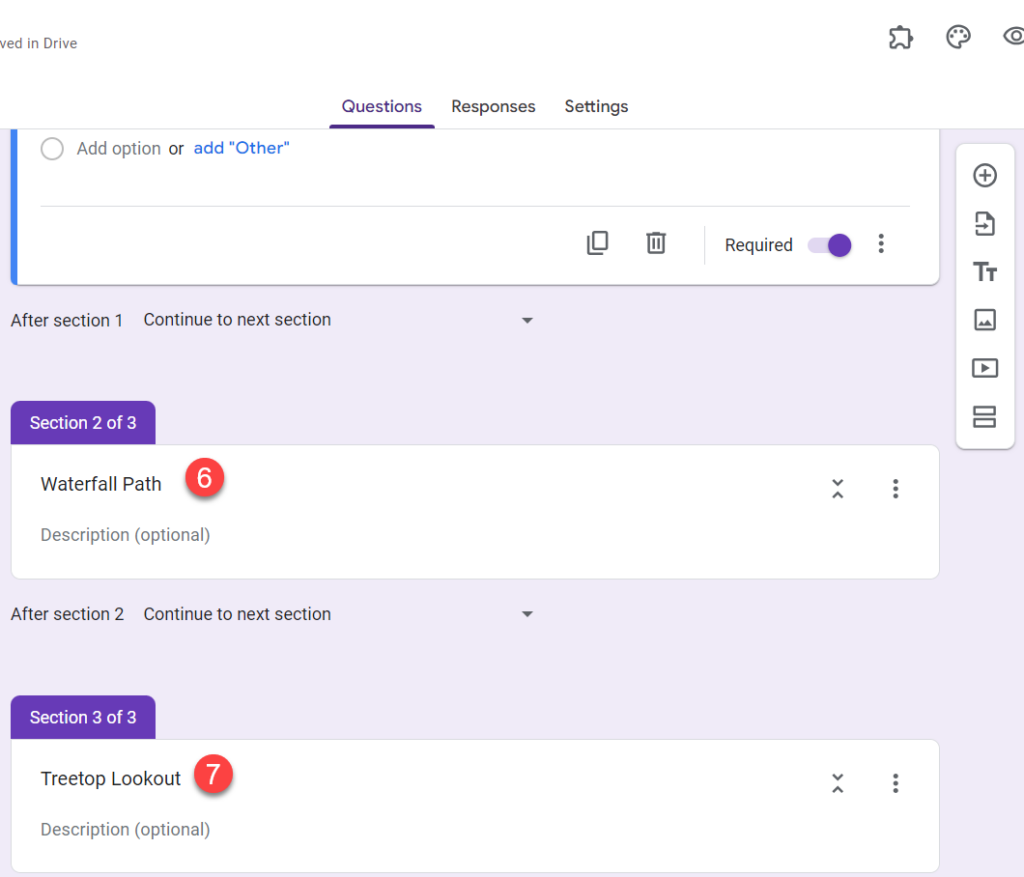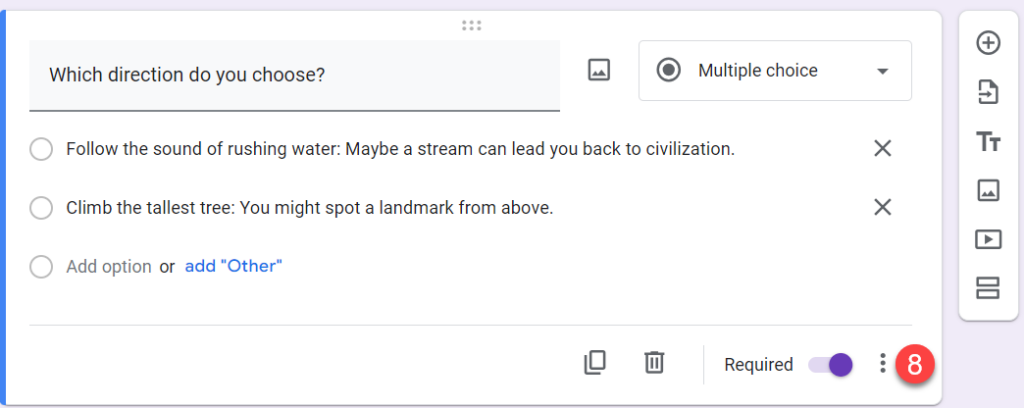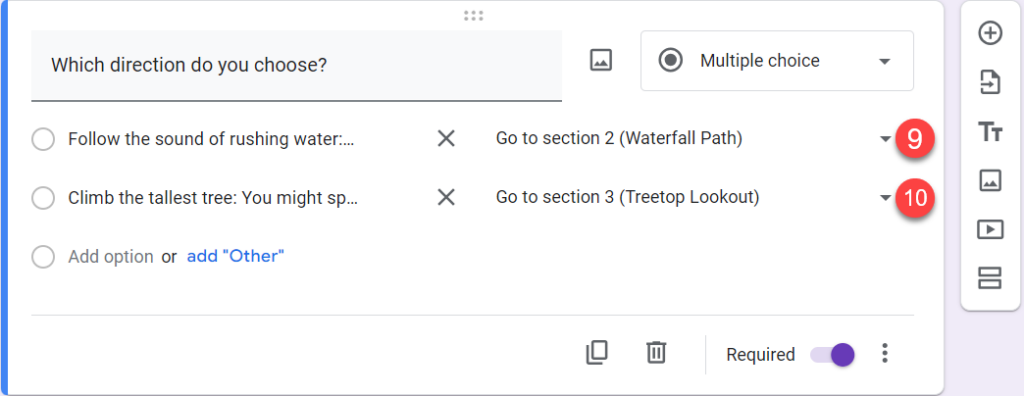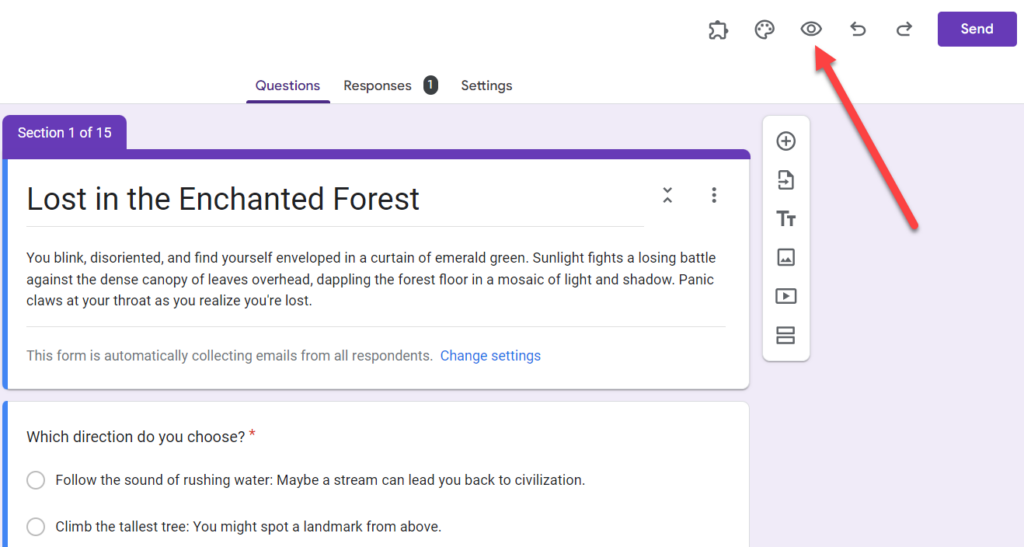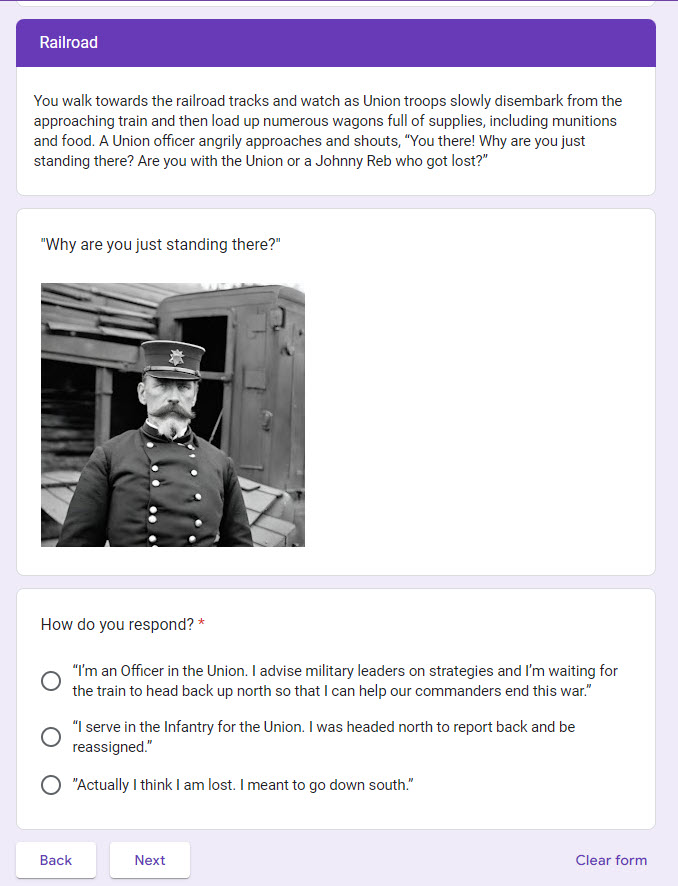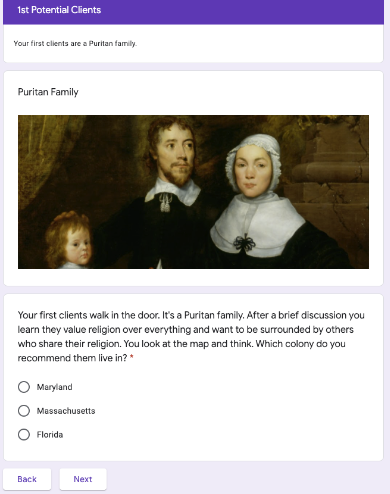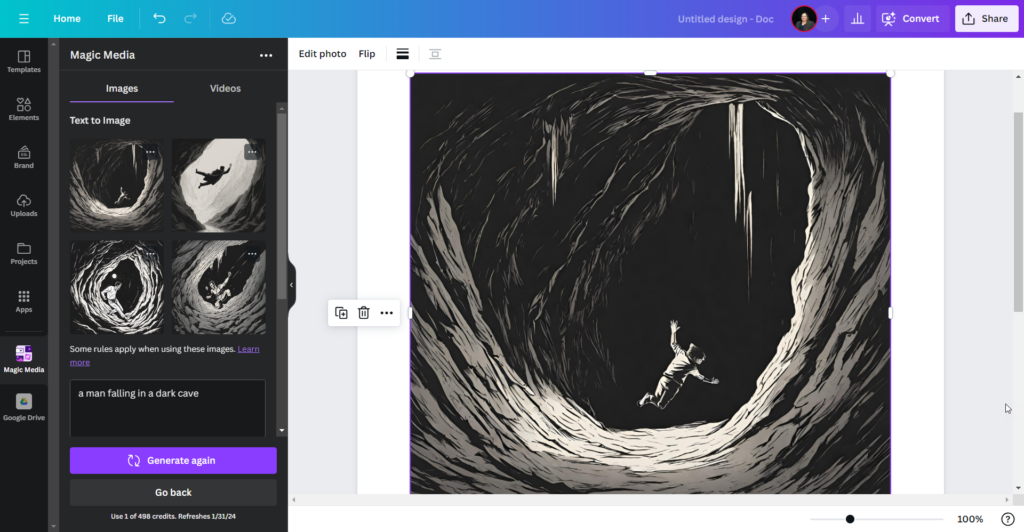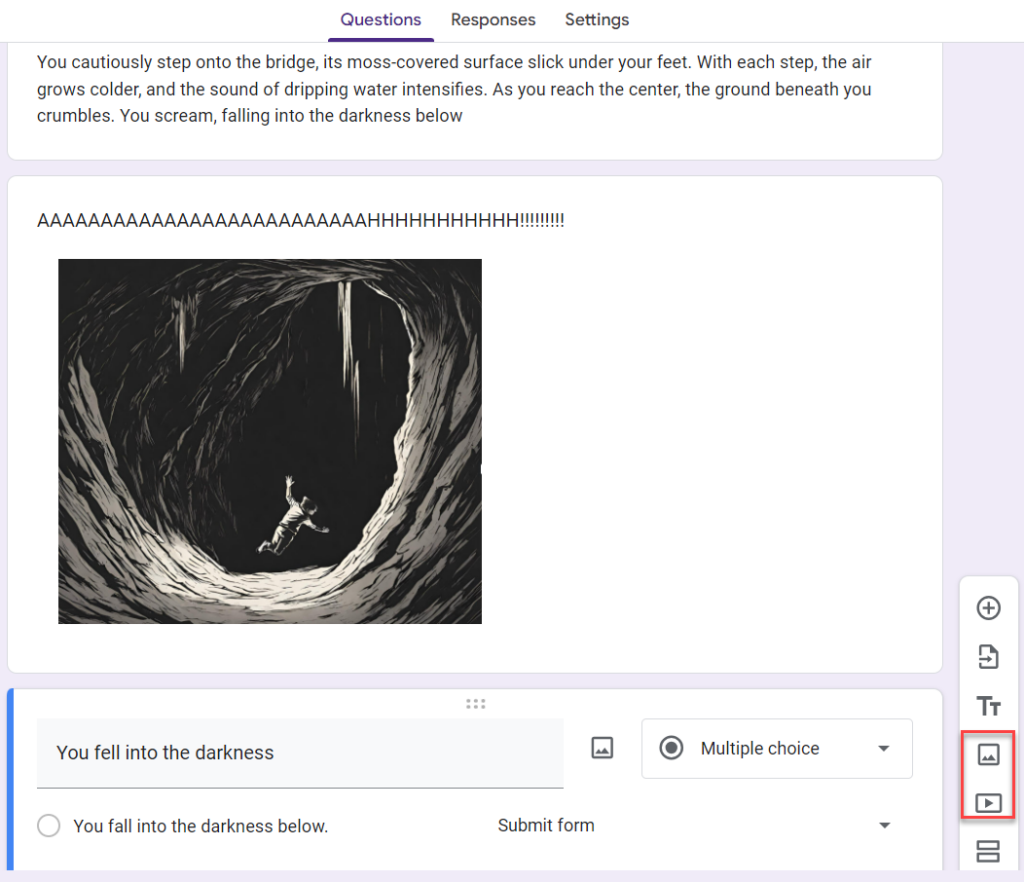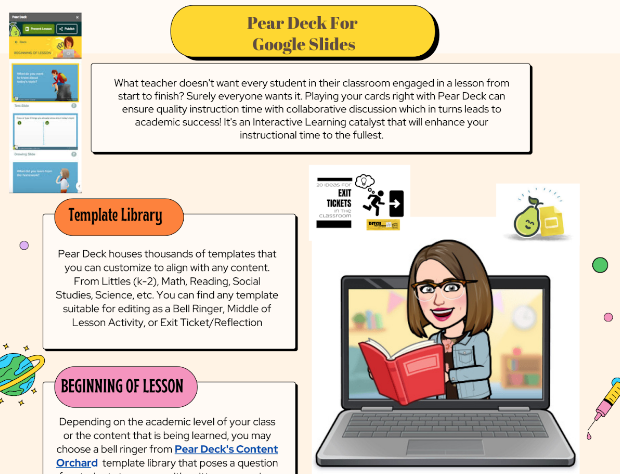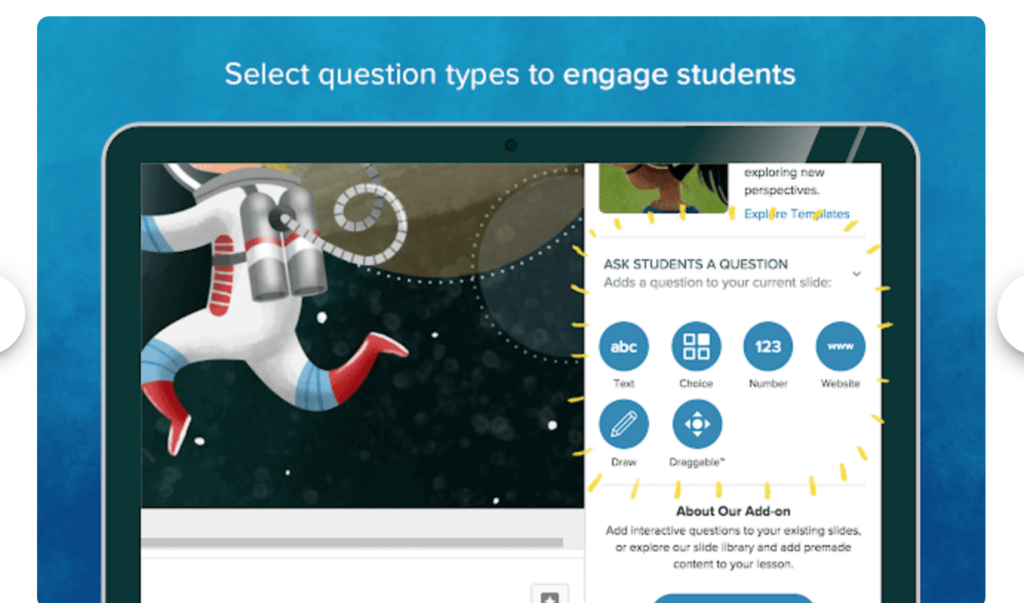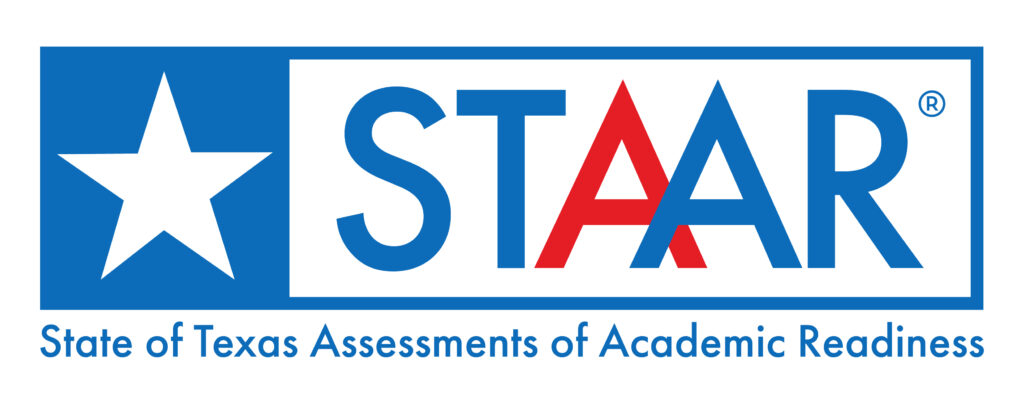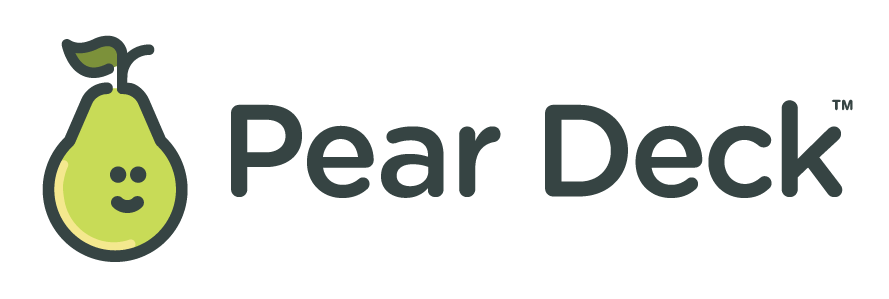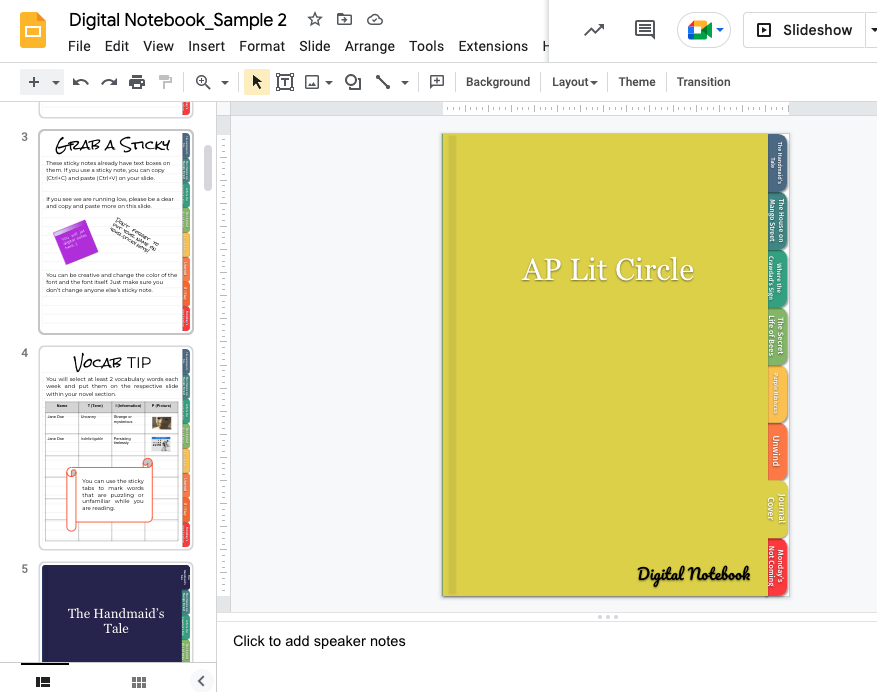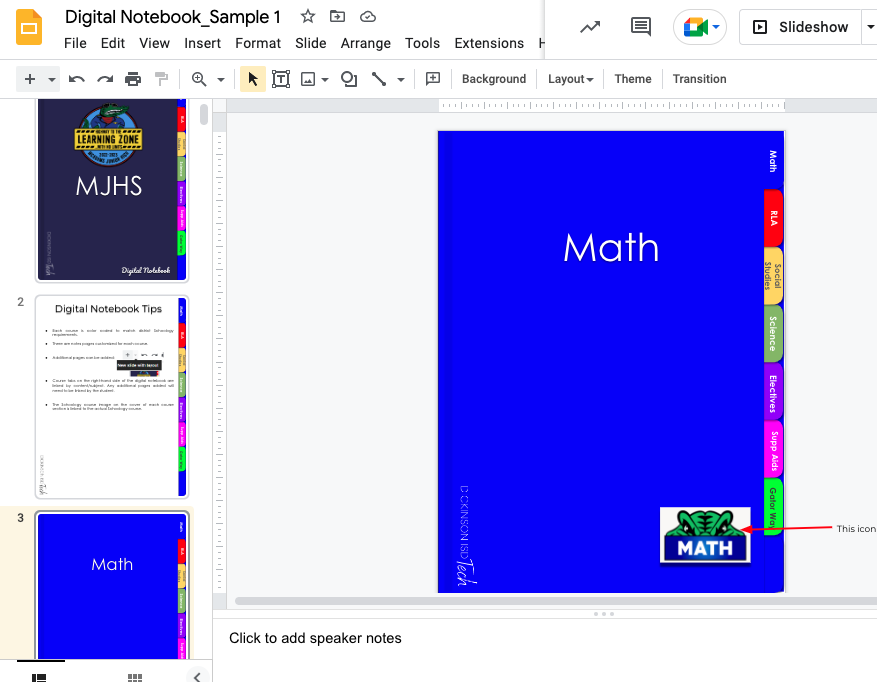Spring has sprung, and it’s time to bring some blooming brilliant fun into your classroom! As the Northern Hemisphere awakens from its winter slumber, here are FIVE spring-themed activities to brighten up your learning spaces with the vibrant energy of the season.
Which One Does Not Belong?
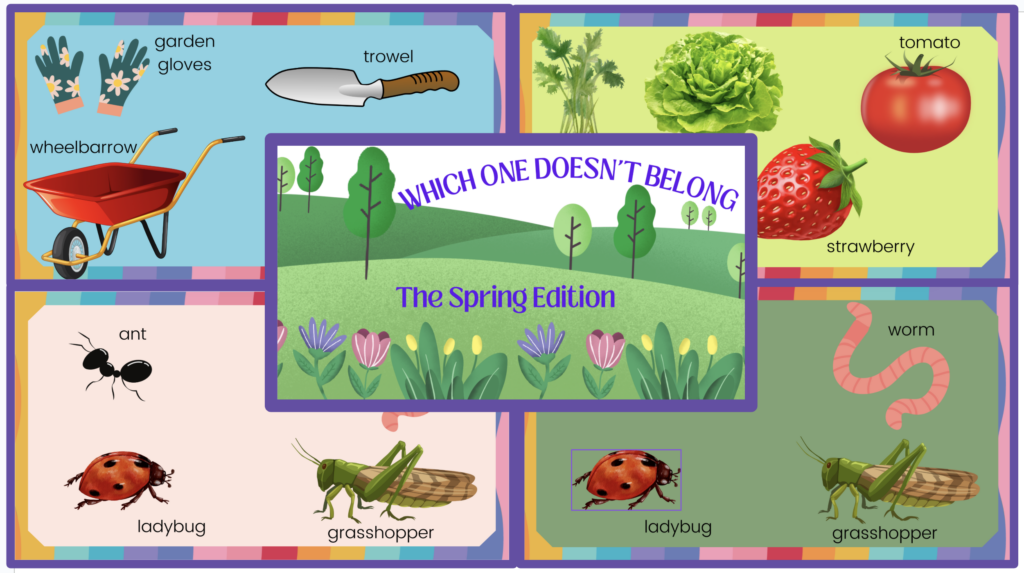
The Spring What Does Not Belong? Canva presentation is a ready-to-go activity for your use, and you can modify the template to suit your needs. Each slide has four options, and the participant decides which doesn’t belong. There isn’t just one correct answer for most, and it’s interesting to hear what object students pick and why. Have your students give their reason, and cheers to lively discussions!
Connections Game with Flippity
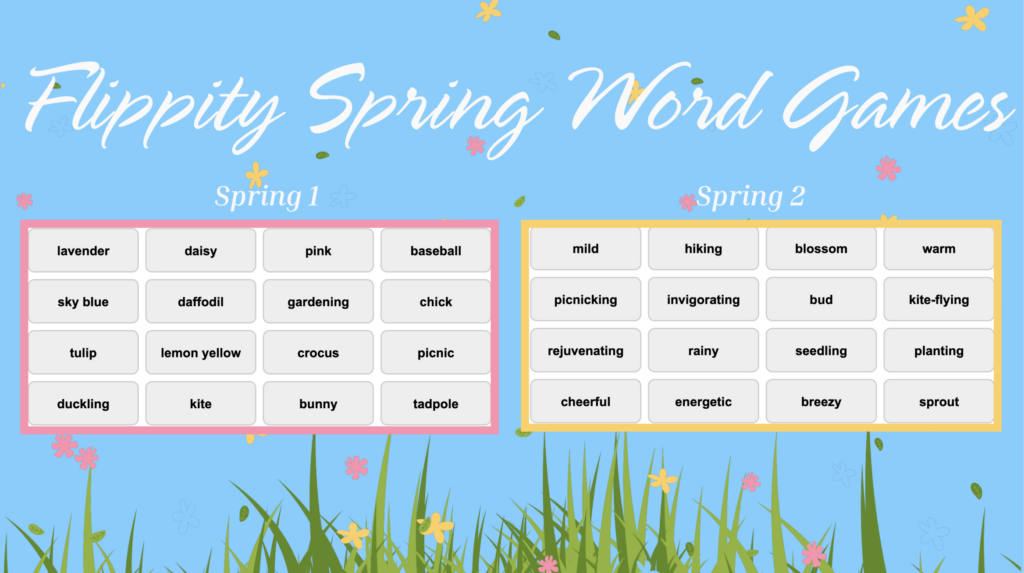
Second on the list is my favorite tool in Flippity.net is the Group Game maker, so I have to use it every time I get a chance. Below you can try out two spring-themed “NYT-esque Connections” games. If you need more detail about how to use Connections in the classroom – check it out here. I also have a blog that gives you plenty of details about this new Flippity tool.
A Seasonal Spring Digital Breakout
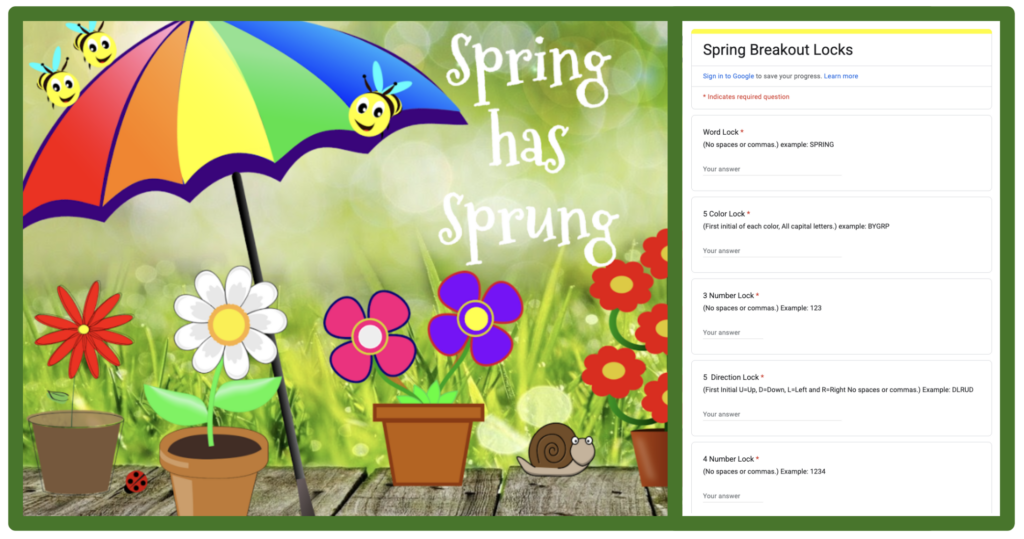
You can’t celebrate Springtime without a breakout! This breakout is an easier one with just one main image and one block of text. Please make sure you have your teaching credentials in your email in case you want to request the answers at preimers@tcea.org.
Can You Spring the Right Answer?

I am currently on a roll with a brand new type of game where you have to figure out a phrase with a certain commonality. For “Can You Spring the Right Answer?,” each clue provides a hint related to a phrase including the word “spring or springs.” If you want an activity for a faculty meeting or professional development session, this is more geared for adults.
Bonus
Additionally, the activity “It’s All About the Green” was originally designed for St. Patrick’s Day, but its focus on the color green makes it perfectly adaptable for spring-themed activities as well.
Vanishing Vowels: Spring Edition
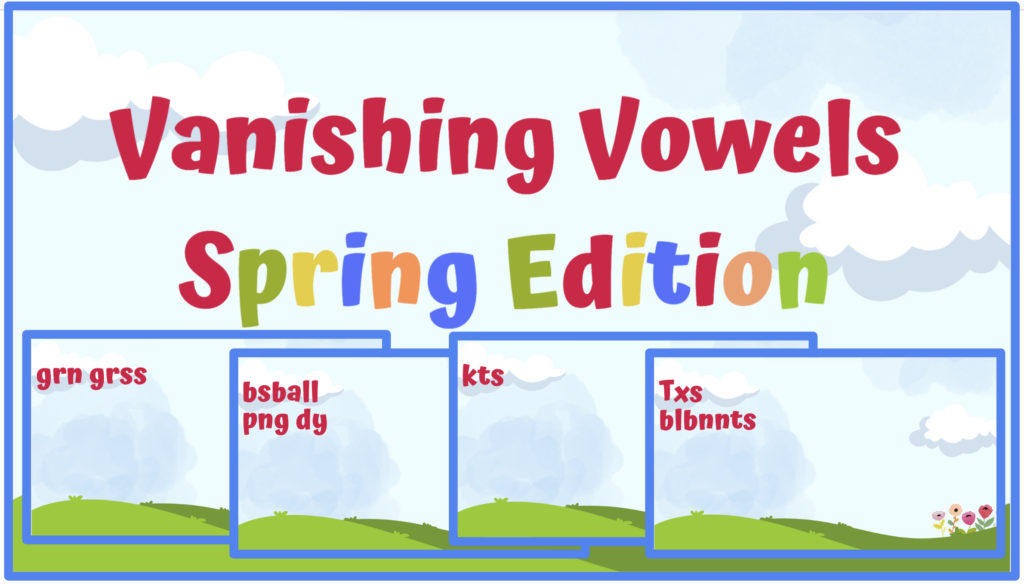
Finally, Vanishing Vowels: Spring Edition is hot off the press. The winter version had 3,300 views, so I thought a spring edition would be a good follow-up. Vanishing Vowels focuses on words related to a particular season. In this activity, 18 words are presented without any vowels. Students need to figure out what the word is! Each slide with missing vowels is immediately followed by the complete word and an image representation of the word. Two ways to use this spring-themed activity:
- Use it as an individual or group exercise where students work together to decipher the words based on consonants. Furthermore, this encourages teamwork, builds class community, and also incorporates word recognition into the mix.
- Use it as a creative spelling activity where students add the appropriate vowels back in to spell the winter words. This activity enhances students’ word recognition skills and offers an opportunity to reinforce spelling proficiency in a fun and interactive manner.
Additionally, if you have other suggestions teachers, please drop a comment in the chat.
To sum up, I hope one of the spring-themed activities I designed will bounce into your teacher toolbox. These five activities are designed for ease of use and ready-to-go for the classroom. As we all welcome the season of renewal, let’s “spring into action” and make this spring one to remember! Wishing you a blooming great spring for the remainder of the school year! I have just sprung all the springs on you, I can! =0)

